Microrobots dubbed “microwalkers” can both swim and walk, allowing them to transverse challenging biological environments.


Microrobots dubbed “microwalkers” can both swim and walk, allowing them to transverse challenging biological environments.

Researchers take a different approach to machine learning to uncover the physics of optics in composite materials.

As machine learning gets better at deciphering our brain activity, the possible uses and misuses of this technology come into focus.
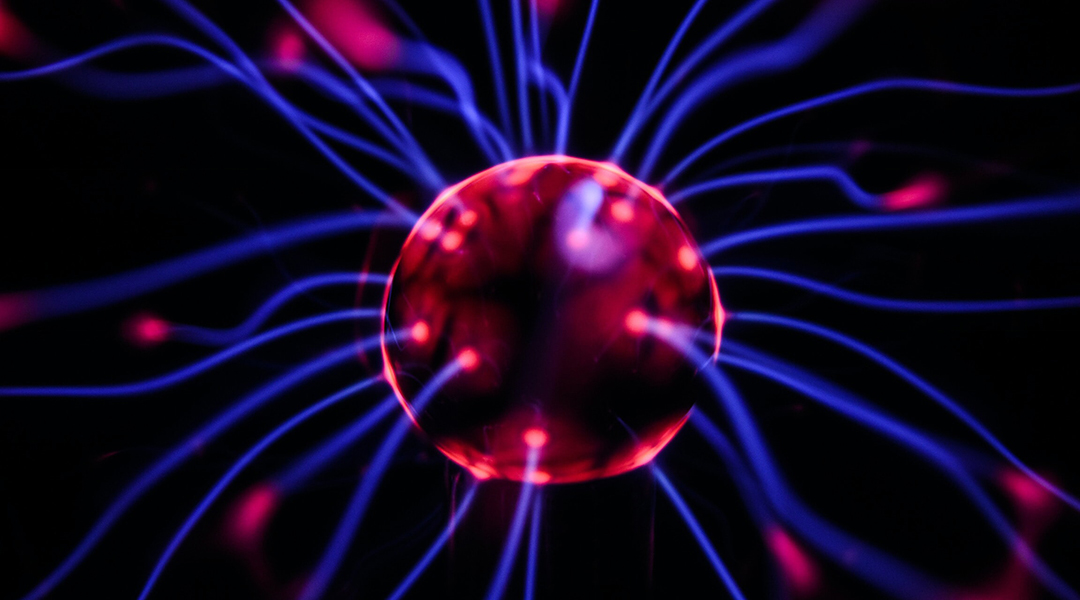
An AI made from plasma learns to play tic-tac-toe using varying and controllable mixtures of gases, in a major step forward.
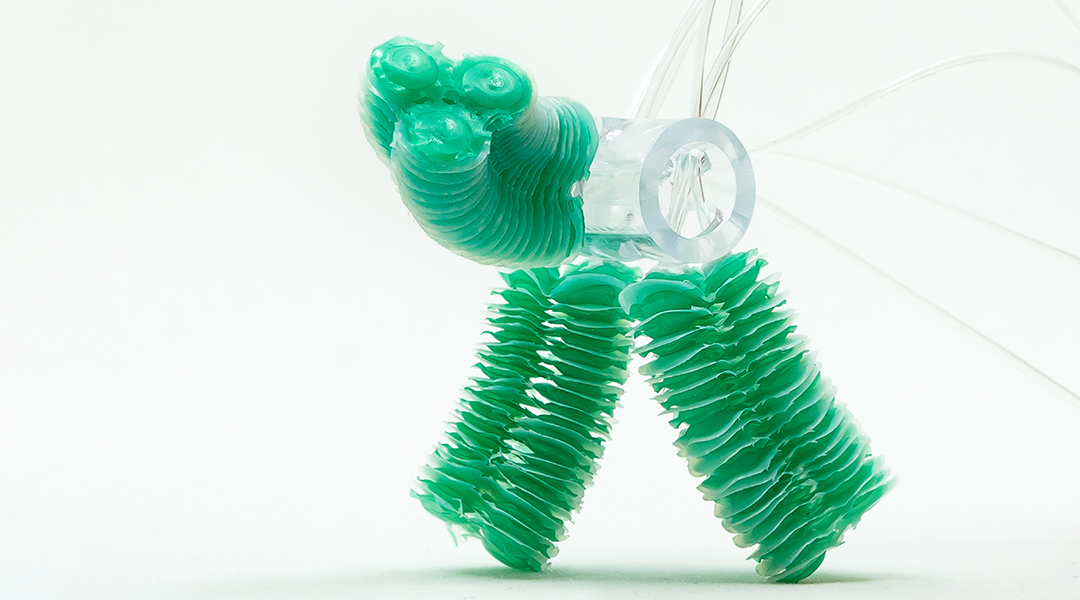
Complex environments require soft robots to adapt to minimal spaces without sacrificing the ability to complete dexterous tasks.

Forcing robots to see through a human’s eyes is limiting. Smart robotic eyes that can think for themselves could be the answer.

A smart electronic nose that mimics the human nose with its millions of receptor cells and ability to differentiate smells.
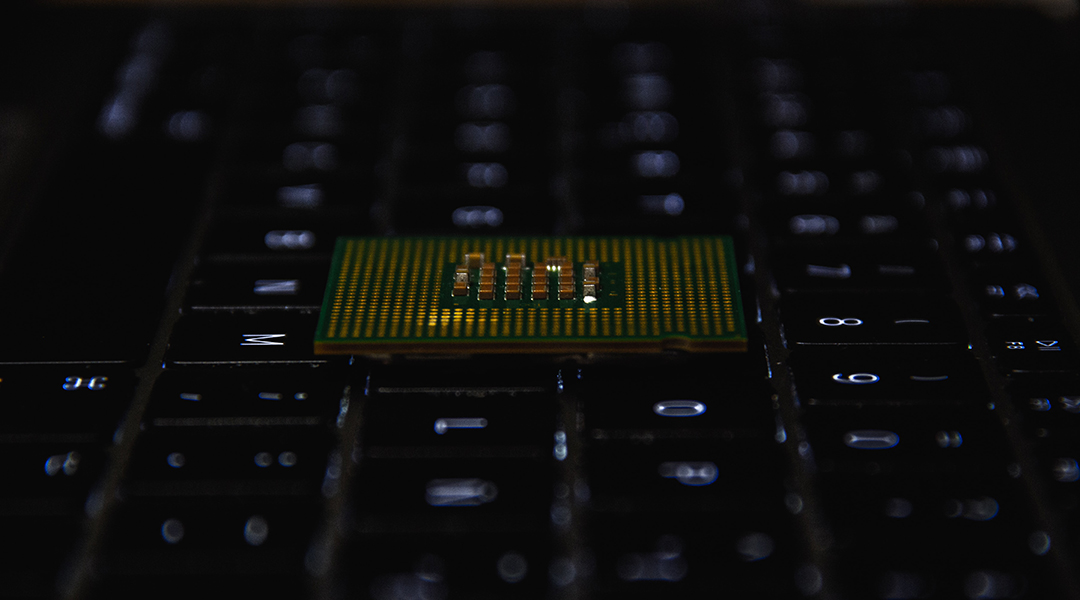
An in-memory computing prototype provides a promising solution for edge computing systems to implement continual learning.
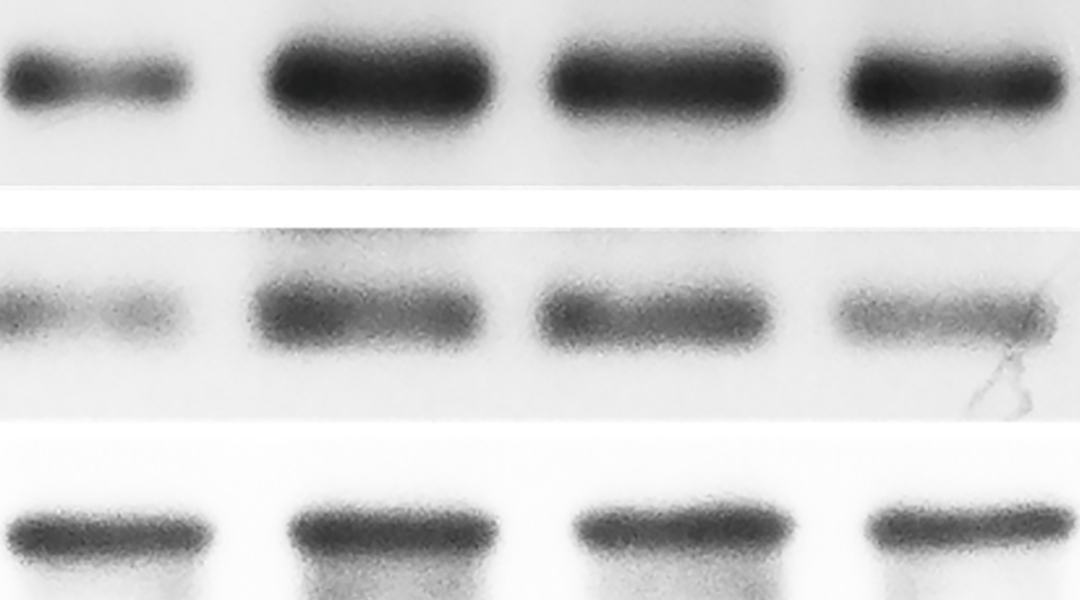
Deepfakes in the biomedical literature are coming, if they aren’t here already.
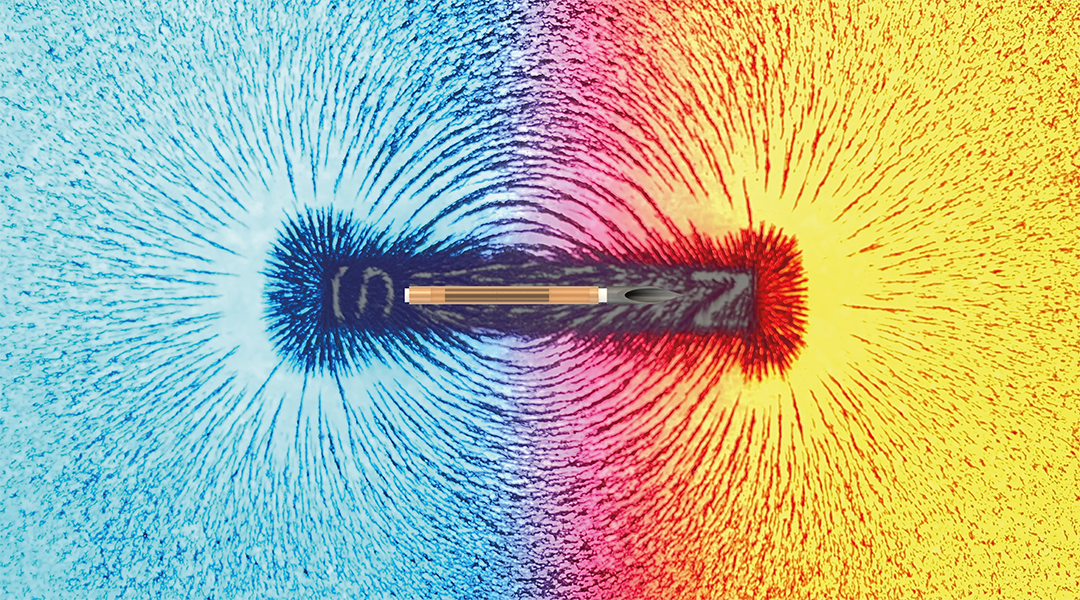
A miniaturized, tetherless needle offers a safe means of performing surgery, treating cancer, and performing diagnostic tests.